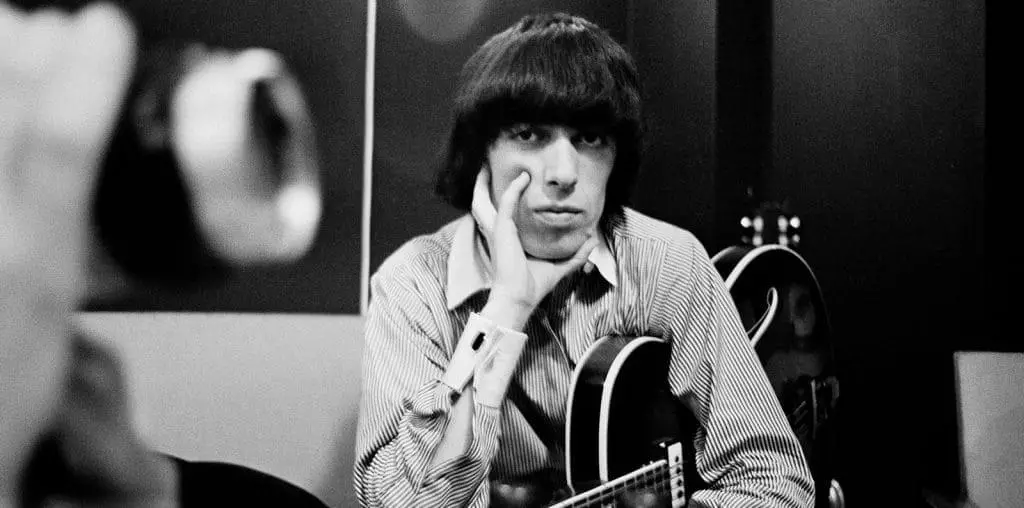
BOOTLEG FILES 469: “The Thief of Bagdad” (1924 silent epic starring Douglas Fairbanks).
LAST SEEN: The entire film is online at several sites.
AMERICAN HOME VIDEO: Through many crummy public domain labels, along with a few higher quality companies.
REASON FOR BOOTLEG STATUS: A lapsed copyright.
CHANCES OF SEEING A COMMERCIAL DVD RELEASE: Actually, a beautifully restored version just came out!
The first time I saw the 1924 silent film “The Thief of Bagdad” was on a hotel room television. I don’t recall where I was staying, but I remember that it was broadcast on something called the Nostalgia Channel, which was a cable network that I never saw before.
Actually, I didn’t get to see very much of the film, because it was nearly impossible to watch the print that was being broadcast. This must have been an eighth generation dupe of a battered 16mm print – everything was so blurry and washed out that it was nearly impossible to determine what was taking place.
Although the Nostalgia Channel was somewhat unique for its presentation of uncommonly poor quality prints (it changed names and formats over the years and is now called Youtoo TV), the lousy print of “The Thief of Bagdad” was typical of many silent films that landed in limbo after their copyrights expired. For many years, a number of silent classics floated about in excessively duped prints, and many of the TV broadcasts and home entertainment releases of these titles were presented with incorrect running speeds and shrill piano music scores that rarely matched the on-screen action.
And, yes, I am aware that duping public domain films is not illegal because the copyright expired and no one controls the rights to the property. However, if you are going to invest your time and money in viewing a film, it would be nice if the print was of the highest possible quality.
There are still a number of sub-par editions of “The Thief of Bagdad” floating about on DVD and on the Internet. However, the film has been the subject of home entertainment releases that put proper care into the presentation. There was a 1996 HBO Video laserdisc edition by home video producer David Shepard from a 35mm preservation negative, and this served as the source for a 1998 Image Entertainment DVD. Kino on Video offered the film in 2004, along with 19 minutes of rare outtakes.
Last month, Cohen Media Group released a 2K restoration of “The Thief of Bagdad” on Blu-ray and DVD. This edition is, hands down, the most visually stunning presentation, incorporating the color tints and tones of the original release print. If anyone wants to view “The Thief of Bagdad” in the comfort of a home theater, this is the edition to watch.
That’s the good news. The not-so-good news, sadly, is that “The Thief of Bagdad” is something of a disappointment. Yes, it is a richly conceived endeavor, and this 2K restoration shows off Arthur Edeson’s marvelous cinematography at its finest. But, alas, the film personifies the notion of being all style and almost no substance.
Based very loosely on a story from “One Thousand and One Nights,” the film focuses on the Ahmed, the most nimble thief to plunder old Bagdad. One might imagine that part of Ahmed’s crime wave would include the purloining of some shirts – he runs about the city with his upper torso glistening in the hot sun.
Ahmed lives in an apartment at the bottom of a dried-up well in the center of the city. He shares his ill-gotten gains with a diminutive crony who serves as confidante and occasional partner in crime. The pair decides to rob the palace of the caliph, but Ahmed fumbles the mission when he spies the monarch’s beautiful daughter sleeping in a luscious bed. Ahmed wants to win the princess, so he schemes to become involved in a parade of royal suitors seeking her hand in marriage. Needless to say, his plan gets uncovered – and that’s where the fun begins.
Douglas Fairbanks, the top action star of the 1920s, conceived “The Thief of Bagdad” as the ultimate movie blockbuster. Fairbanks’ films were packed with spectacle, speed and plenty of stunts, and audiences loved the athletic actor/producer for his good-natured humor and sense of on-screen adventure. For “The Thief of Bagdad,” Fairbanks sought to raise the production standards to a new high via elaborate sets designed by a young William Cameron Menzies (who would later design “Gone with the Wind”) and a wealth of special effects sequences that put the star in outlandish and amazing situations – including a visit to an undersea kingdom and a flight on a magic carpet.
The flaw, however, is Fairbanks’ performance as Ahmed. Even by the protocol of the silent cinema, Fairbanks’ acting is much too broad. For example, when viewing a freshly cooked meal that has been placed on a terrace to cool, Fairbanks points to the dish and then wildly rubs his muscular stomach. Throughout the film, Fairbanks tries much to hard to enforce Ahmed’s roguish charm – but his endless grinning and strong-boy posturing inevitably become more silly than enchanting, especially since Fairbanks was 40 years old when he shot the film. Indeed, British writer Alastair Cooke dismissed Fairbanks’ on-screen emoting as “a boy grotesquely buried in a library of costume.”
It also doesn’t help that director Raoul Walsh places an emphasis on the vast sets, to the point that the actors are often upstaged by the production design. And considering that “The Thief of Bagdad” runs nearly two-and-a-half hours, it ultimately becomes too much of an Arabesque thing.
Still, “The Thief of Bagdad” deserves citation for its pioneering example of multicultural casting. The great Japanese actor Sojin was imported to play the villainous Mongol royal, and a teenage Anna May Wong was cast as a Mongol slave. In an era when white actors in yellowface make-up routinely played Asian roles, having Sojin and Wong in major roles was a breakthrough.
Even more amazing was hiring African-American character actor Noble Johnson as an Indian prince who seeks the princess’ hand. Johnson was unknown to audiences of the time, and it is unlikely that most white audiences would be accepting of having a black man pursuing a white woman on screen. And if that’s not enough, actress Mathilde Comont, billed as “M. Comont” to disguise her gender-bending presence, played the role of the Persian prince. Clearly, “The Thief of Bagdad” is a testament to a remarkably progressive attitude shared by Fairbanks and Walsh.
IMPORTANT NOTICE: The unauthorized duplication and distribution of copyright-protected material, either for crass commercial purposes or profit-free s***s and giggles, is not something that the entertainment industry appreciates. On occasion, law enforcement personnel boost their arrest quotas by collaring cheery cinephiles engaged in such activities. So if you are going to copy and distribute bootleg material, a word to the wise: don’t get caught. Oddly, the purchase and ownership of bootleg DVDs is perfectly legal. Go figure!

